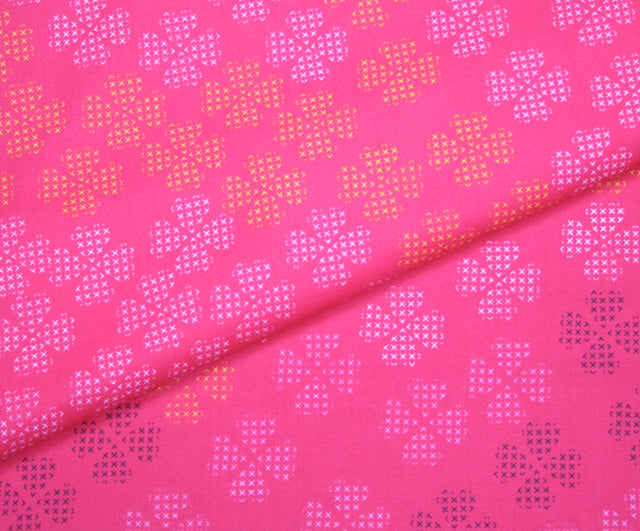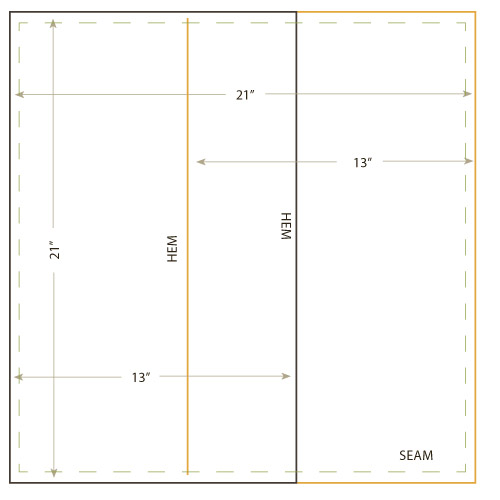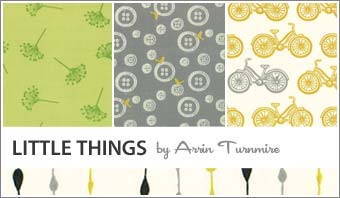
This summer I'm not feeling very motivated to start a big quilt project. The combination of Georgia heat and quilt batting just isn't very appealing to me. But the drive to create things hasn't abated - not one tiny bit!
Our shop is located in an old cotton warehouse at the renovated Porterdale Cotton Mill. The walls are wonderfully rustic brick, 16 feet high, punctuated by the original longleaf pine1 pillars and beams. We adore this space and the tiny town of Porterdale, replete with it's unattended library and honor-system book borrowing. But what to do with the walls?
The answer came in the form of a few pieces of 2x2x8 pine lumber from the local hardware store and a couple of yards of fabric. In an afternoon we had three 18" square 'works of art' ready to adorn the walls. This project is wonderfully simple -
For one frame, you will need:
- 1 - 2x2x8 pine board
- 4 - 2" nails or corner reinforcing brackets with screws
- 1 - 24" x 24" fabric, whole or pieced
- staple gun and staples or upholstery tacks and hammer
- your choice of hanging hardware, if hanging on a wall, or display on a shelf.
Assembly:





Et, voila! I hung two in our dining room before bringing them to the shop. Not too shabby, eh?

Whatever you choose to do this weekend, Enjoy!
1 Longleaf pine is a slow-growing, hardwood pine native to the southeast USA. It was a very popular building timber as it is hard wood and long lasting (the beams in this building are over 100 years old). The large-scale timber industry here in the south between 1880 - 1920 devasted the longleaf pine forests. Today they are among the most endangered ecosystems in North America. There are a few virgin stands that remain. I've not visited yet, but understand they are unlike any other ecosystem. If you're interested in learning more this is a good place to start






































































